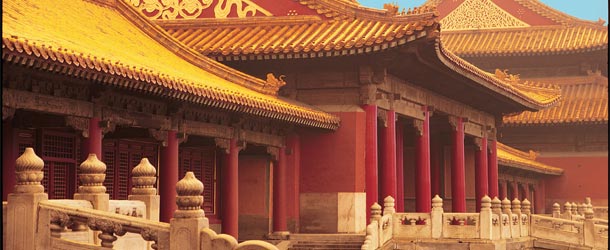Continuing my look at some of the key historic sights to see on a Yangtze River cruise, I thought I’d examine one of the river’s most modern marvels, the Three Gorges Dam, and the spectacular scenery which surrounds it.
What are the gorges?
The Three Gorges is the Yangtze’s most naturally stunning region, extending around 120 miles from the western cities of Fengjie and Yichang eastwards to the Hubei province. 75 miles of this region is occupied by the limestone gorges themselves. The longest of the gorges is Xiling at 41 miles, then the Wu Gorge at 28 miles. At around five miles long, the Quatang Gorge is by far the smallest gorge but is widely considered the most beautiful, flanked by 4,000-foot mountains and known for its famous chalk wall. Today, Yangtze river cruisers typically enjoy a trip through the gorges with the option of an excursion to the dam itself, where they’ll learn how about the engineering involved and its impact on the country and those who live close to the river. There’s also an option of a smaller boat excursion through the Lesser Three Gorges – narrow canyons which are home to a number of fascinating sites such as a plank road carved into the cliff-side and the hanging coffins of the ancient Ba people.
Why was the dam built?
As far back as 1919, there were plans afoot to build a dam across the Yangtze to harness the awesome power its waters created. Plans were drawn up and investigations carried out but all work halted during the Chinese Civil War. Economic problems continued to slow progress and it wasn’t until the 1980s that the idea began resurfaced. It’s construction was approved in 1992 and work began in 1994. Fully functional as of July 2012, the dam is located close to the town of Sandouping and is the world’s largest power station in terms of installed capacity. It generates 22,500 megawatts of power and each of its 32 main turbines is capable of producing 700 megawatts. As well creating a huge amount of electricity, the dam was created to increase the river’s shipping capacity 10 times and reduce the risk of floods along the river by providing storage space for flood water. The two sets of locks near the dam are intended to increase safety for both commercial vehicles and river cruise ships and work is underway on a ship lift to make the transition even swifter, with the lift mooted to be completed in 2014.
What about the environment?
The introduction of a huge man-made structure amid such natural beauty has understandably brought controversy and the project involved the flooding of a number of archaeological and cultural sites and the displacement of 1.3 million people. However, it’s certainly a major step in China’s economic and social development and despite the impact it’s had on the immediate environment and the area’s biodiversity and wildlife, there’s an argument for its long-term environmental advantages. Hydro-electricity means less coal, which means, according to the National Development and Reform Commission of China, avoiding 100 million tonnes of greenhouse gas emissions, a million tonnes of sulphur dioxide and 10,000 tonnes of carbon dioxide. China is currently undergoing a massive reforestation program and the Yangtze’s river basin upstream of the Three Gorges is one of the main areas targeted. The area is also prone to destructive flooding and though the primary reason for this reforestation is undoubtedly to improve tree cover to help protect against flood damage, it can only be hoped that new forested areas will help with the reintroduction of wildlife to the region, too.
By Simon Brotherton
Google



